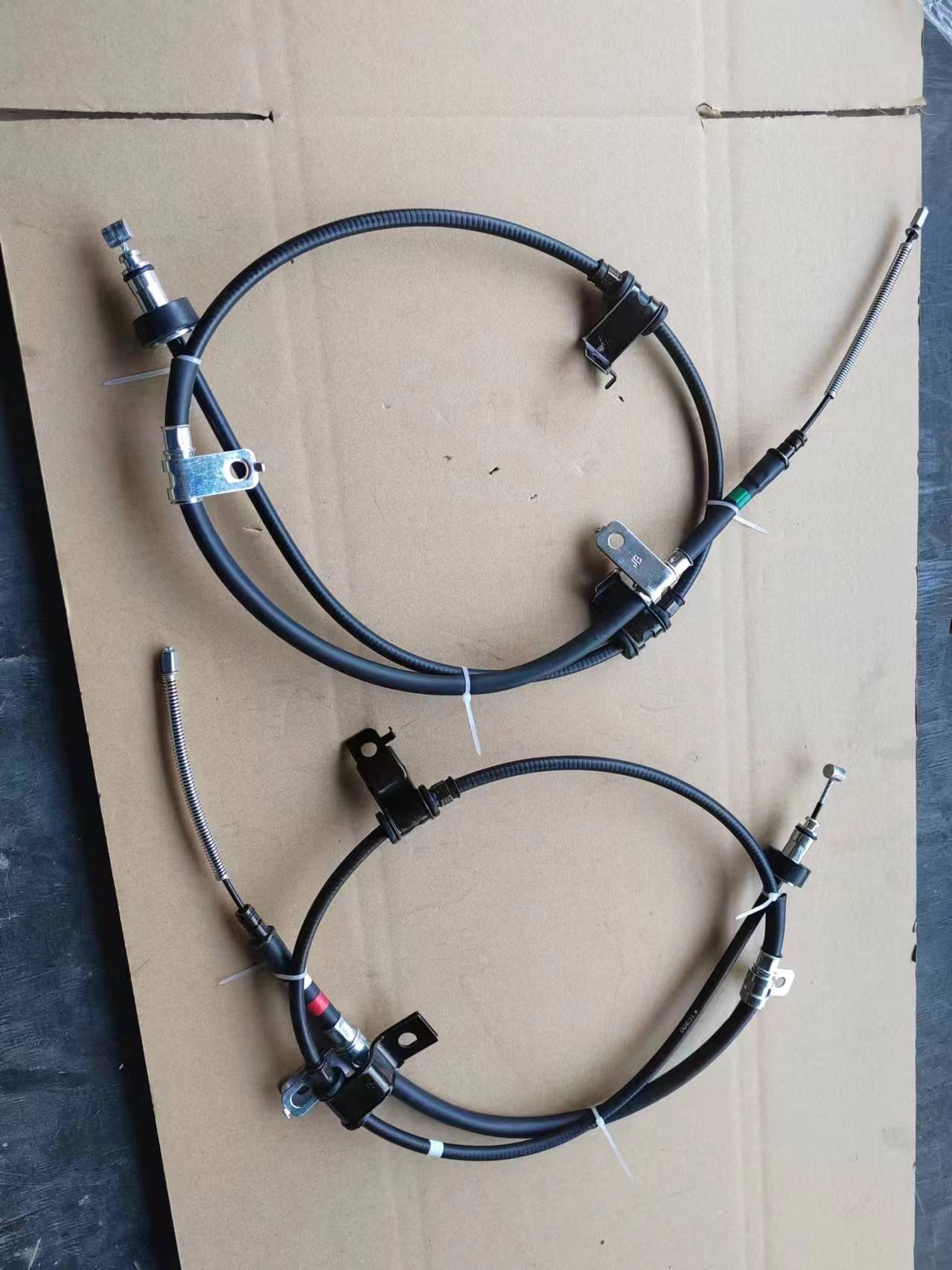accelerator cable
Understanding the Accelerator Cable Function, Importance, and Maintenance
The accelerator cable plays a crucial role in the functionality of modern vehicles. As an essential component of the throttle control system, it directly influences how the engine responds to driver inputs. Understanding the accelerator cable’s mechanics, importance, and maintenance can help vehicle owners ensure optimal performance and longevity of their cars.
Function of the Accelerator Cable
At its core, the accelerator cable is a flexible wire or cable that connects the accelerator pedal to the throttle body of an engine. When a driver presses the accelerator pedal, the cable pulls on the throttle plate, allowing more air and fuel to enter the engine. This process increases engine power and subsequently accelerates the vehicle. In modern vehicles, especially those equipped with electronic throttle controls, the function of the accelerator cable may be replaced or supplemented by electronic sensors and actuators. However, in traditional systems, the accelerator cable remains a vital mechanical link.
Importance of the Accelerator Cable
The performance of the accelerator cable directly affects vehicle responsiveness
. A healthy cable ensures that the engine reacts swiftly to driving commands, promoting a smoother and more controlled driving experience. Conversely, an improperly functioning accelerator cable can lead to sluggish acceleration or an unresponsive throttle, which may create dangerous driving situations.Moreover, the accelerator cable is important for fuel efficiency. An efficiently working cable allows for precise throttle control, enabling drivers to maintain optimal fuel consumption. Over time, worn or damaged cables can lead to excessive fuel use, increasing overall operating costs.
accelerator cable

Common Issues and Maintenance
Like any mechanical component, the accelerator cable can suffer from wear and tear. Common problems include fraying, stretching, or snapping, which can arise from exposure to the elements, frequent use, or low-quality materials. Signs of a faulty accelerator cable can include difficulty in pressing the pedal, an unresponsive throttle, or erratic engine speeds.
To maintain the accelerator cable, regular inspections are recommended. Vehicle owners should check for signs of wear, rust, or corrosion, particularly at connection points. Lubrication of the cable may be necessary to prevent sticking or binding, which can impede movement. Additionally, ensuring that the cable is properly routed and secured can help avoid accidental damage from other components.
In case of a malfunction, timely replacement of the accelerator cable is crucial. It is typically a straightforward process, but consulting a professional mechanic may be advisable, especially if one is unfamiliar with vehicle repair procedures.
Conclusion
The accelerator cable may seem like a small component in the grand scheme of a vehicle’s operation, but its importance cannot be understated. By facilitating communication between the driver and the engine, it plays a vital role in performance, safety, and efficiency. Regular maintenance and prompt attention to any issues can ensure that this critical cable continues to function effectively, contributing to a smooth and enjoyable driving experience. Understanding the accelerator cable's importance can empower vehicle owners to prioritize their vehicle's health and performance.
-
Upgrade Your Vehicle with High-Quality Handbrake CablesNewsNov.01,2024
-
Optimize Your Bike's Performance with Quality CablesNewsNov.01,2024
-
Enhance Your Vehicle's Performance with Quality Clutch ComponentsNewsNov.01,2024
-
Elevate Your Vehicle's Performance with Quality Throttle CablesNewsNov.01,2024
-
Elevate Your Vehicle's Performance with Quality CablesNewsNov.01,2024
-
Affordable Solutions for Your Cable NeedsNewsNov.01,2024
